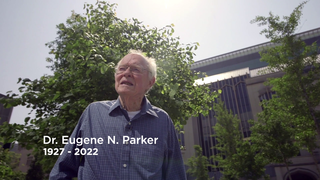Eugene Parker Imagery
Watching from the Kennedy Space Center in Florida will be University of Chicago Prof. Eugene Parker, 91, who has dedicated his life to unraveling the sun’s mysteries. He is the first living person to have a spacecraft named after him and now stands to become the fir
zst person to see his namesake mission thunder into space.
Parker is best known for radically altering ideas about the solar system in the 1950s by proposing the concept of solar wind. As a young scientist at the University of Chicago, he showed that the sun radiates a constant and intense stream of charged particles, which travel throughout the solar system at about one million miles per hour. This is visible as the halo around the sun during an eclipse, and it can affect missions in space as well as satellite communication systems on Earth.
Parker’s theory of the solar wind was so groundbreaking that it was at first dismissed by leading experts, and he barely managed to publish the original 1958 paper that presented his theory. But he firmly defended his work and he was ultimately proven correct in 1962 with data collected by the first successful interplanetary mission, the Mariner II space probe to Venus.
NASA last year named its most important mission to the sun after Parker as a tribute to his work, which established a new field of solar research. He stands as a giant among researchers who continue to push the boundaries of science, such as UChicago professors Wendy Freedman, the world-renowned astronomer first to precisely measure the expansion rate of the universe, and Michael Turner, who coined the term dark energy.
The Parker Solar Probe is scheduled to launch during a window that opens August 6, 2018. The spacecraft will use seven flybys of Venus to slowly reduce its orbital distance and drop closer to the sun. Three of the spacecraft’s orbits will bring it within 3.8 million miles of the sun’s surface—approximately seven times closer than any other previous probe.
“The solar probe is going to a region of space that has never been explored before. It’s very exciting that we’ll finally get a look,” said Parker, who was on the UChicago faculty from 1955 to 1995. “One would like to have some more detailed measurements of what’s going on in the solar wind. I’m sure that there will be some surprises. There always are.”
The probe’s observations will help scientists understand why the corona is hotter than the sun’s surface, how the solar wind is accelerated and how to forecast its flares, among other questions.
“Gene Parker’s story is about challenging assumptions. He came up with a new theory and proved that theory through meticulous, scientific calculations,” said Angela Olinto, dean of physical science at the UChicago. “Gene carries on a great tradition at UChicago of questioning the status quo to make discoveries and create whole new fields of science.”
Although Parker is the first living person to have a spacecraft named after him, he is the fifth of his peers at UChicago to have the honor, with the other four having won the recognition posthumously. They include alumnus Edwin Hubble, AB 1910, PhD 1917, with the Hubble Space Telescope; Nobel laureate Subrahmanyan Chandrasekhar, a UChicago professor who worked with Parker, with the Chandra X-ray Observatory; Enrico Fermi, a Nobel laureate and UChicago professor, with the Fermi Gamma-Ray Telescope; and Nobel laureate Arthur Holly Compton, a UChicago professor, with the Compton Gamma Ray Observatory.
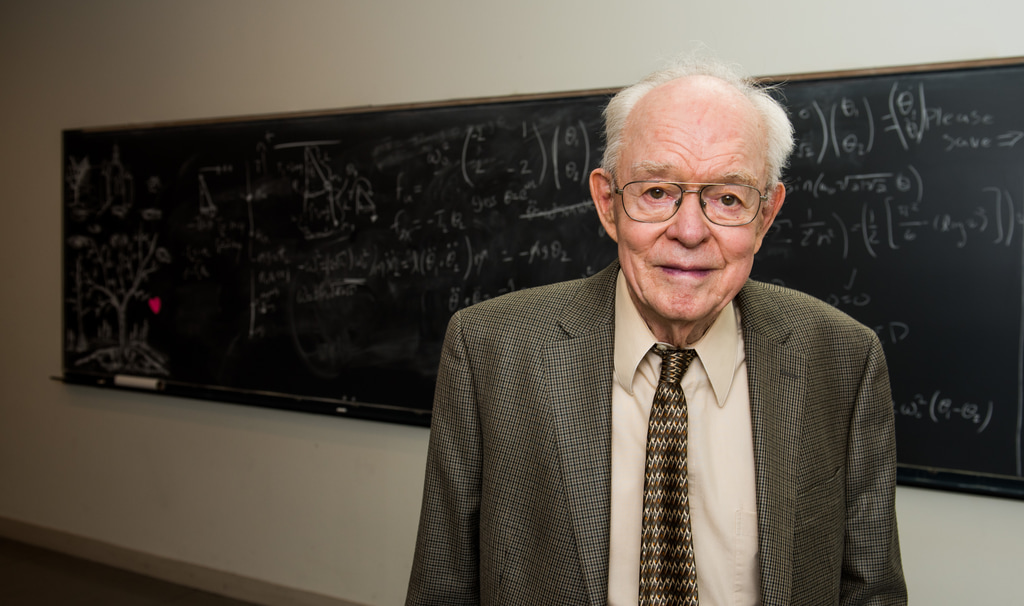
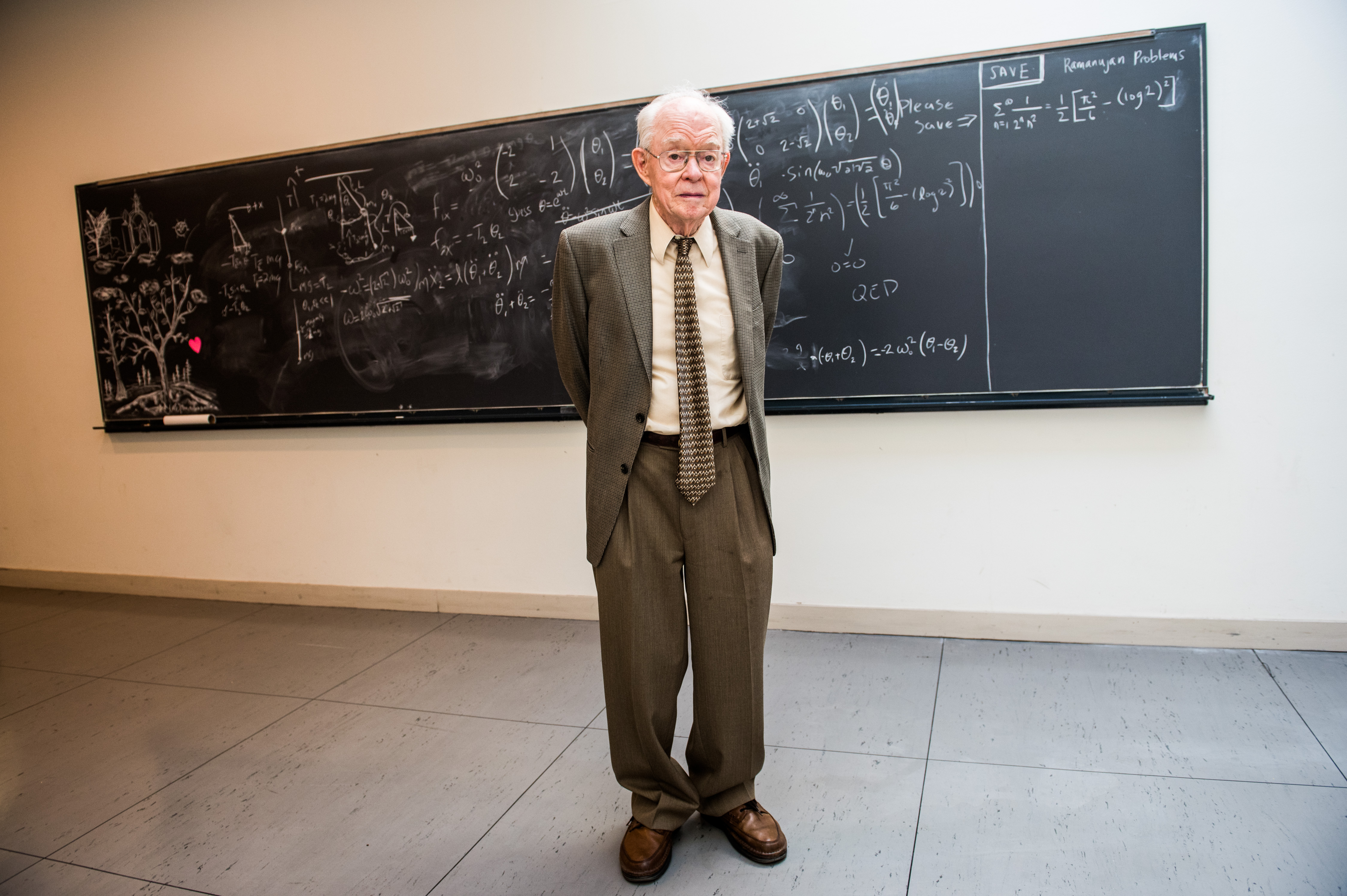
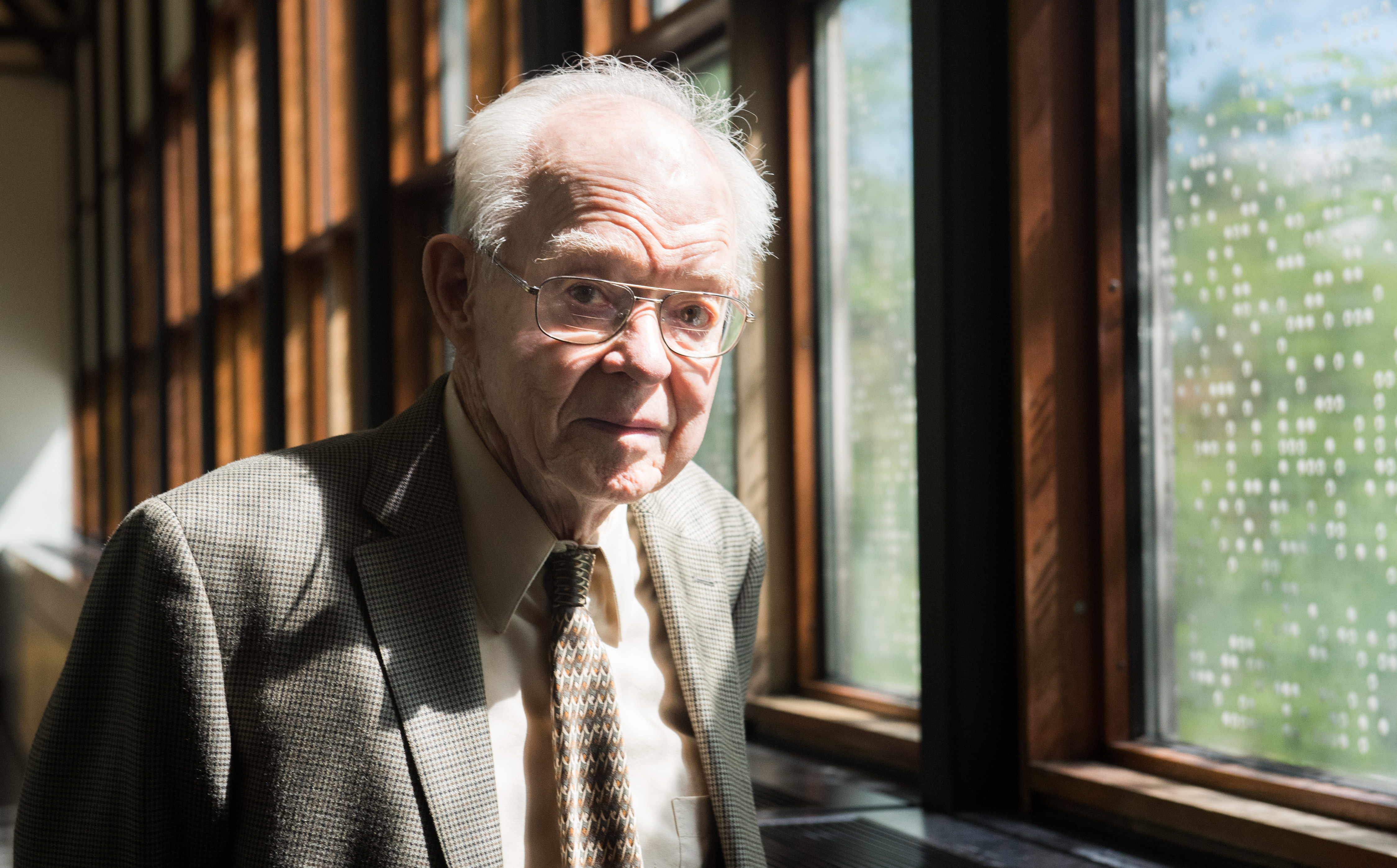
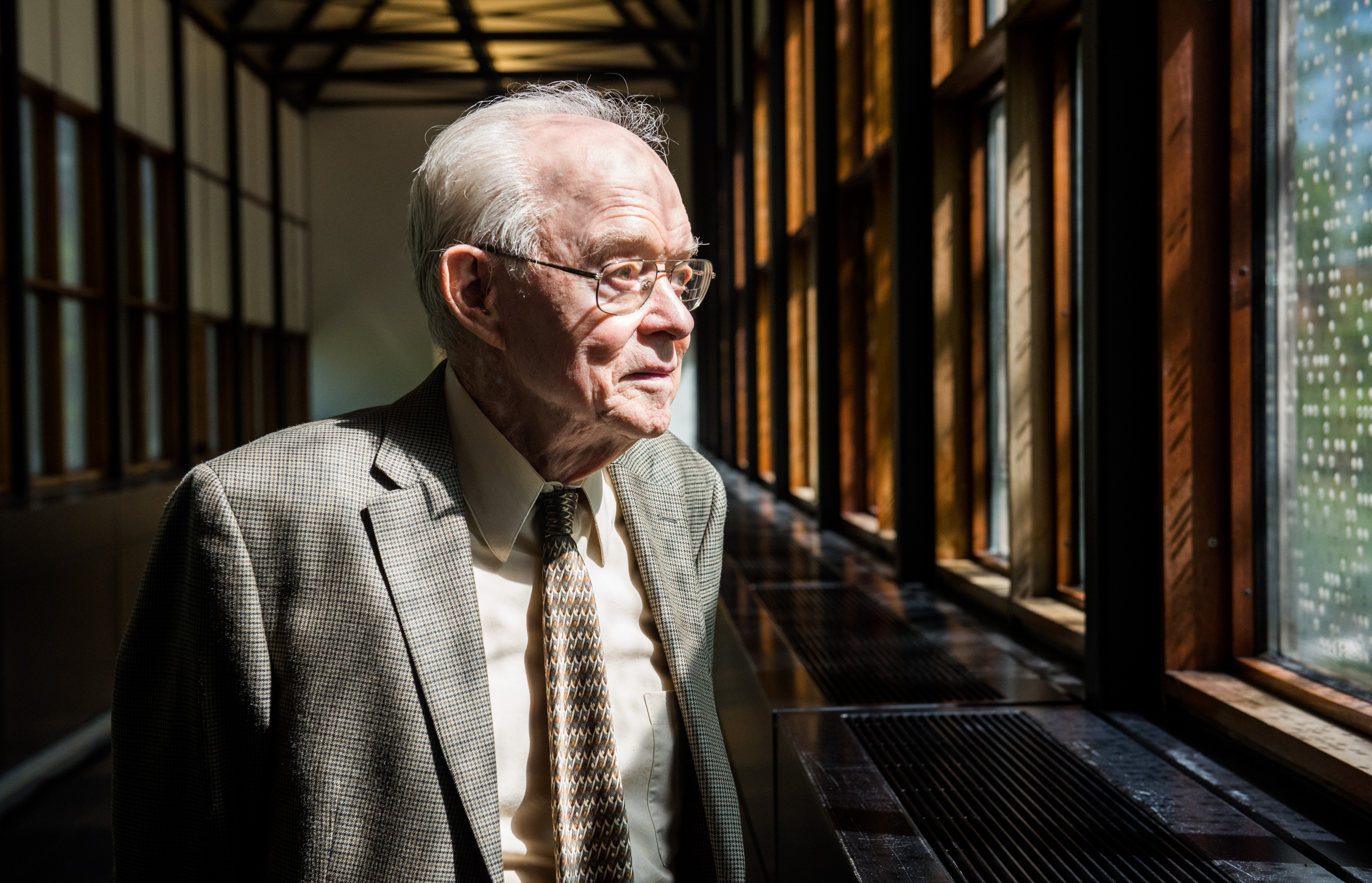

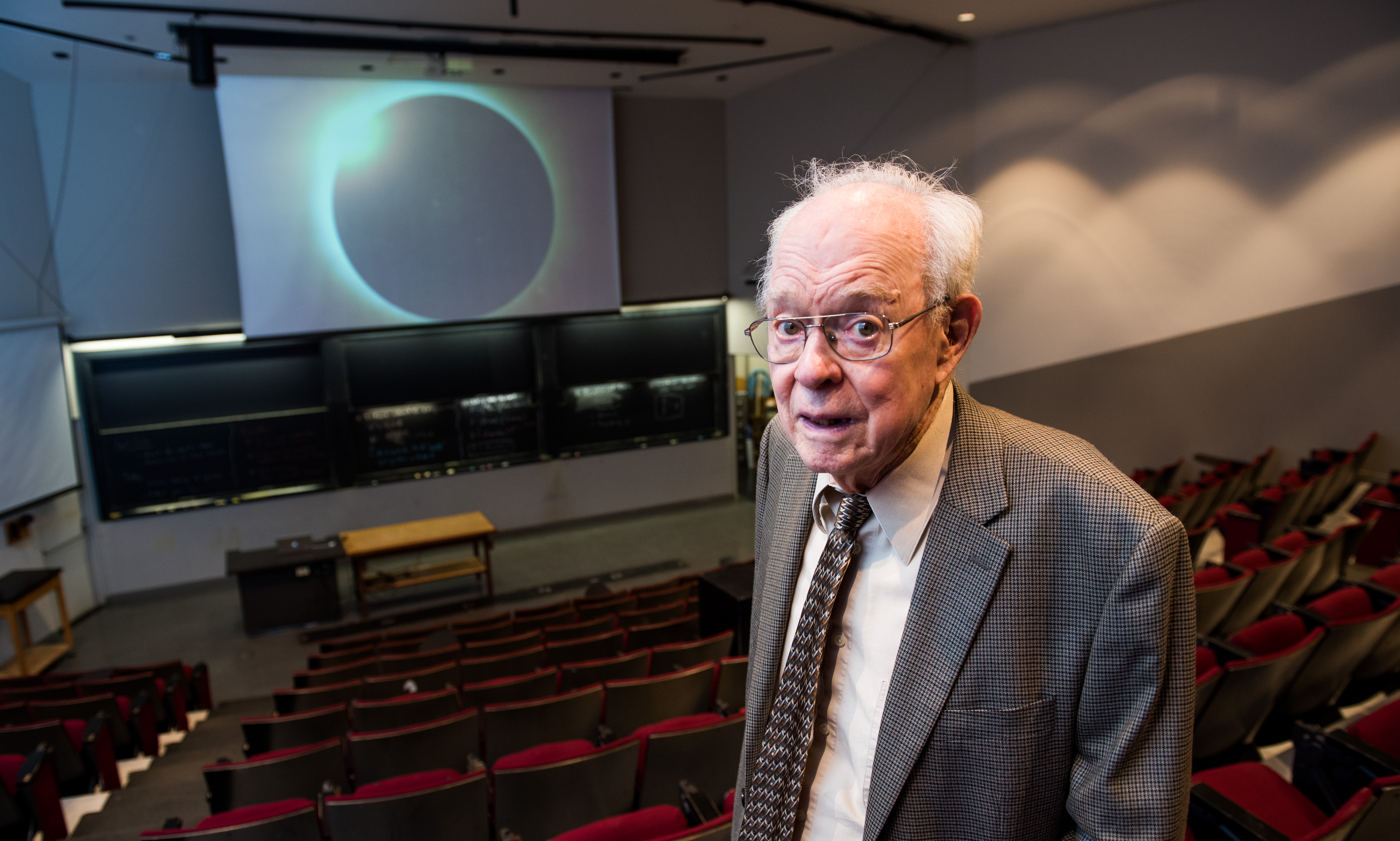


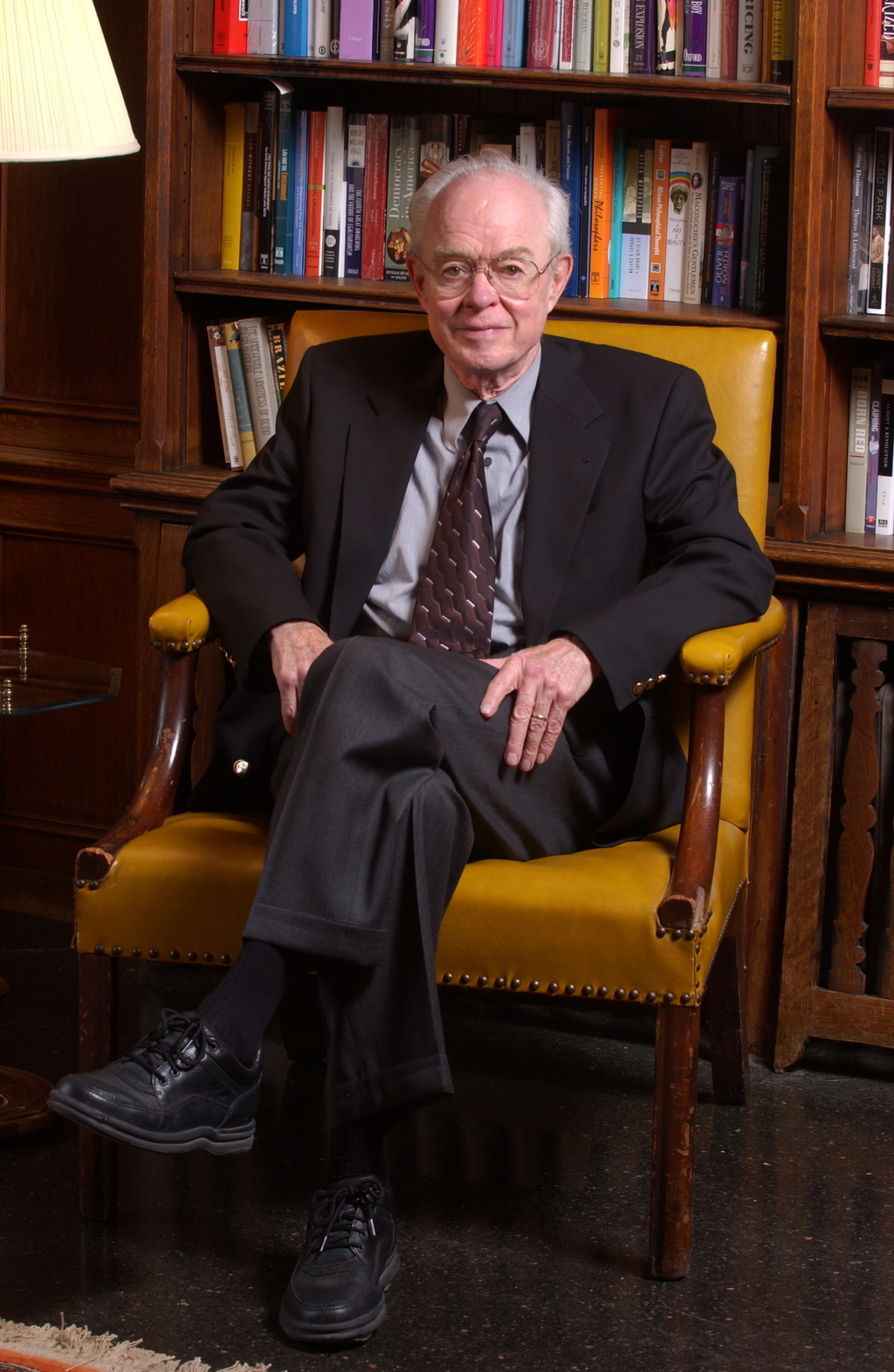





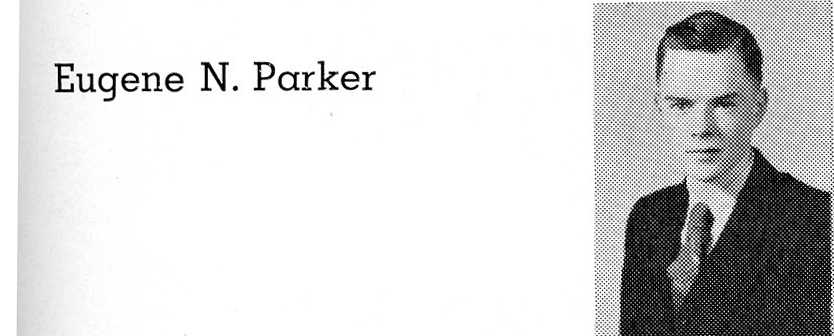
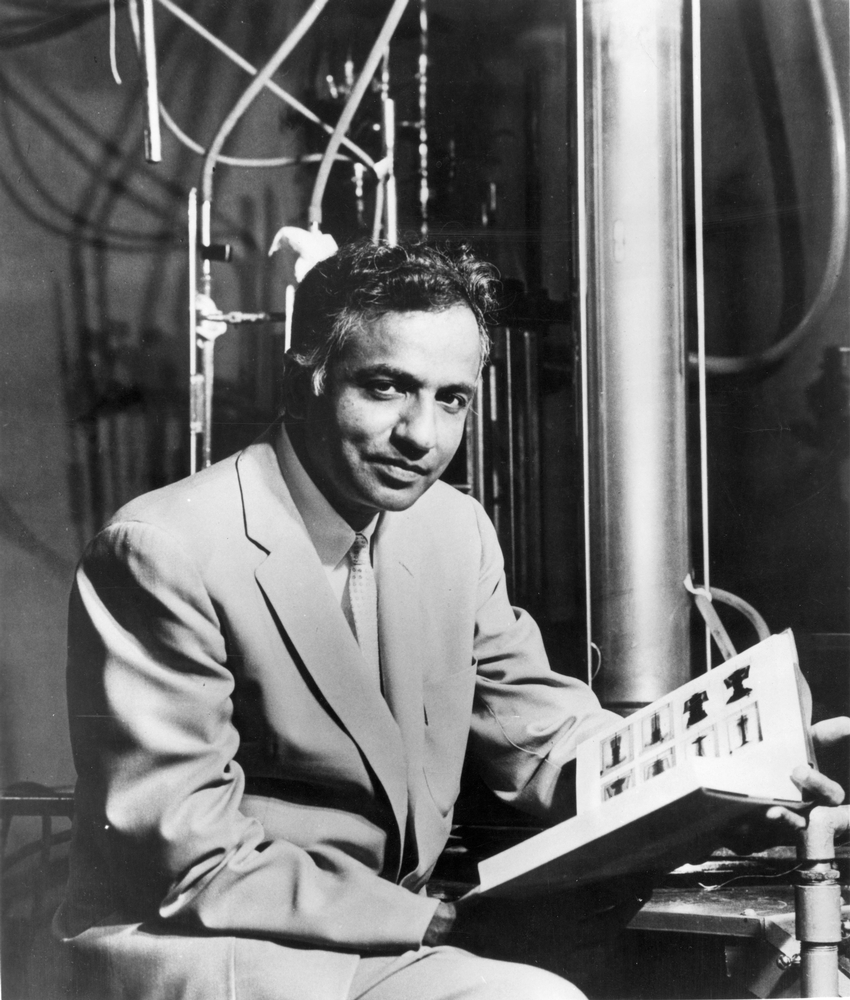
Used Elsewhere In
Related
Related Documentation
Credits
NASA's Goddard Space Flight Center
https://svs.gsfc.nasa.gov/13008
Mission:
Parker Solar Probe
Keywords:
SVS >> HDTV
SVS >> Photography
NASA Science >> Sun
SVS >> Parker Solar Probe
